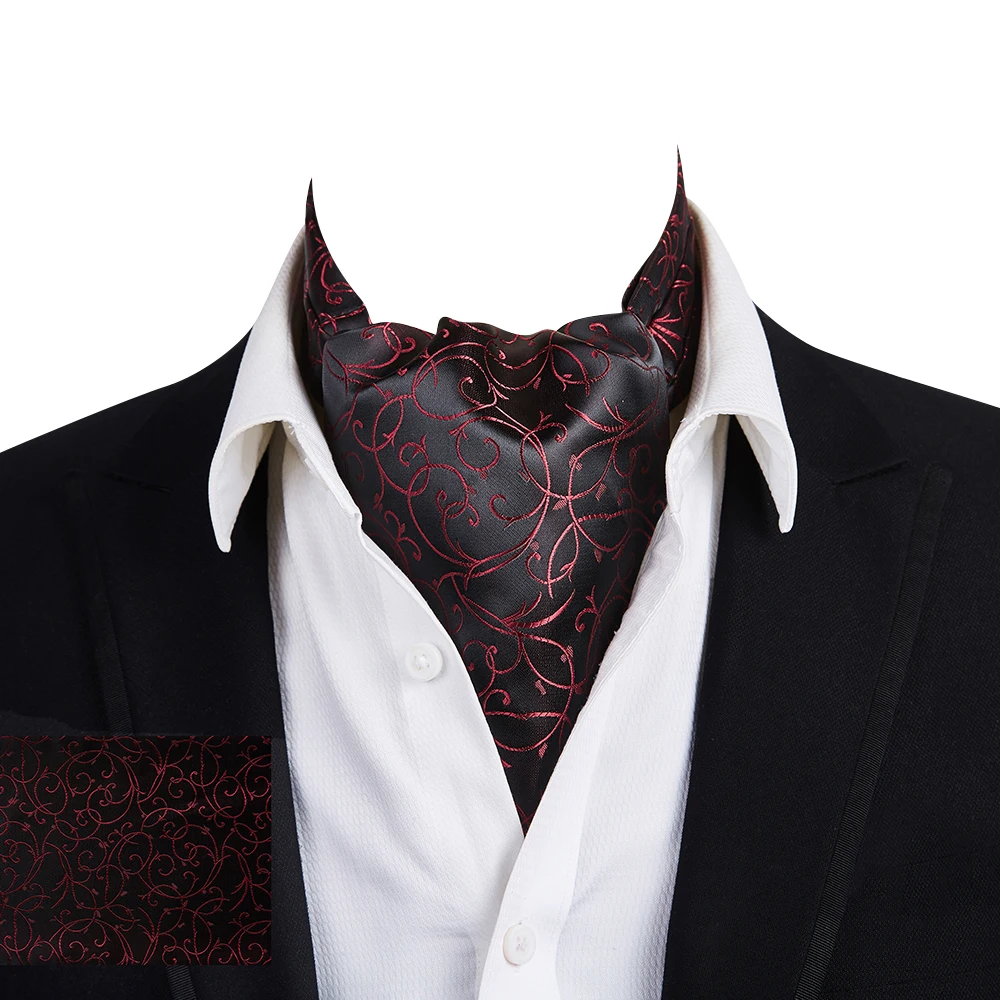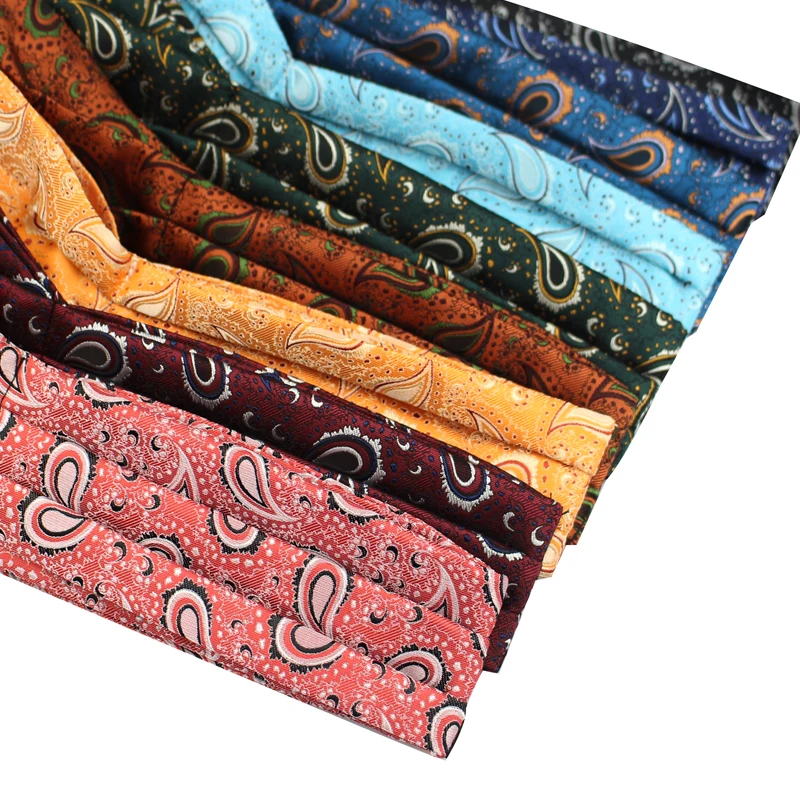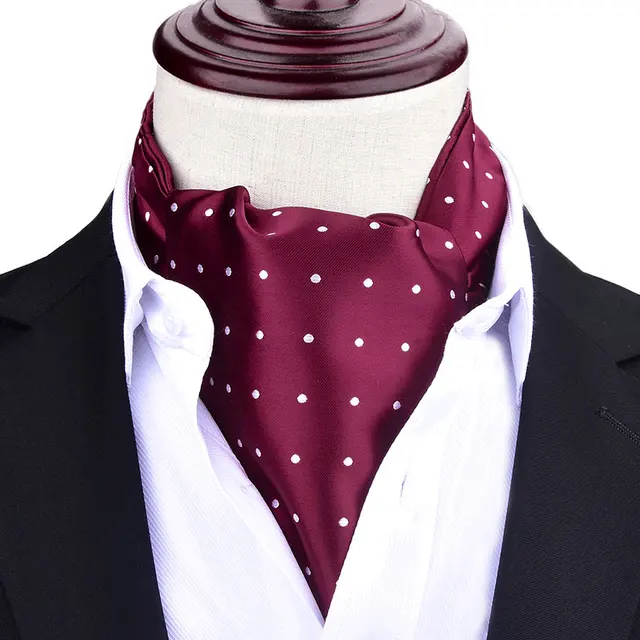
Accessorize with sophistication and style with these ten fashionable ascot ties designed to add a touch of refinement to any gentleman’s attire. From classic patterns to modern twists, these ascot ties offer versatility and elegance for a variety of occasions. Whether you’re attending a formal event or simply dressing to impress, these ties will elevate your look with timeless charm and dapper flair.
1. Paisley Print Ascot Tie in Rich Burgundy:
Embrace timeless elegance with a paisley print ascot tie in a rich burgundy hue, offering a classic touch of sophistication to any ensemble. Perfect for weddings or cocktail parties, this tie adds a distinguished flair to your formal attire.
2. Floral Jacquard Ascot Tie with Subtle Sheen:
Make a statement with a floral jacquard ascot tie featuring a subtle sheen that adds a touch of luxury to your look. Whether you’re attending a garden party or a high-profile business meeting, this tie ensures you stand out with refined style and confidence.
3. Polka Dot Ascot Tie in Navy Blue and White:
Add a playful touch to your ensemble with a polka dot ascot tie in navy blue and white, offering a blend of charm and sophistication. Whether you’re out for brunch or a day at the races, this tie adds a hint of whimsy to your outfit with understated elegance.
4. Striped Ascot Tie in Classic Black and Gray:
Stay sleek and sophisticated with a striped ascot tie in classic black and gray, offering a timeless addition to your formal attire. Whether you’re attending a black-tie event or a business conference, this tie ensures you exude polished refinement with every wear.
5. Plaid Ascot Tie in Autumnal Hues:
Capture the essence of the season with a plaid ascot tie in autumnal hues, offering a warm and inviting addition to your wardrobe. Whether you’re enjoying a countryside retreat or a cozy dinner by the fire, this tie adds rustic charm to your ensemble with effortless ease.
6. Solid Color Ascot Tie in Elegant Champagne:
Keep it simple yet sophisticated with a solid color ascot tie in elegant champagne, offering understated style for any occasion. Whether you’re attending a wedding or a formal dinner party, this tie adds a touch of refinement to your look with classic charm and versatility.
7. Houndstooth Ascot Tie in Timeless Black and White:
Make a bold statement with a houndstooth ascot tie in timeless black and white, offering a sophisticated blend of pattern and texture. Whether you’re stepping out for a night on the town or a cultural event, this tie ensures you make a memorable impression with dapper flair.
8. Geometric Print Ascot Tie in Modern Gray and Teal:
Infuse your ensemble with contemporary style with a geometric print ascot tie in modern gray and teal, offering a fresh and fashionable addition to your wardrobe. Whether you’re attending a gallery opening or a cocktail reception, this tie adds a pop of color and pattern to your look with effortless sophistication.
9. Silk Ascot Tie with Subtle Jacquard Detailing:
Indulge in luxurious elegance with a silk ascot tie featuring subtle jacquard detailing that adds a touch of opulence to your ensemble. Whether you’re celebrating a special occasion or a romantic evening out, this tie ensures you exude refined style and timeless charm.
10. Checkered Ascot Tie in Classic Navy and Red:
Add a dash of preppy charm to your outfit with a checkered ascot tie in classic navy and red, offering a playful yet polished addition to your wardrobe. Whether you’re attending a yacht party or a summer barbecue, this tie ensures you look sharp and stylish with effortless ease.
Elevate your look with these ten stylish ascot ties that offer sophistication and charm for any occasion. Whether you prefer classic patterns or modern twists, there’s an ascot tie to suit your unique sense of style and add a touch of dapper flair to your ensemble.


